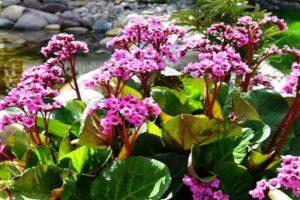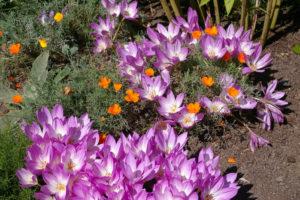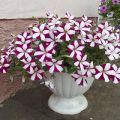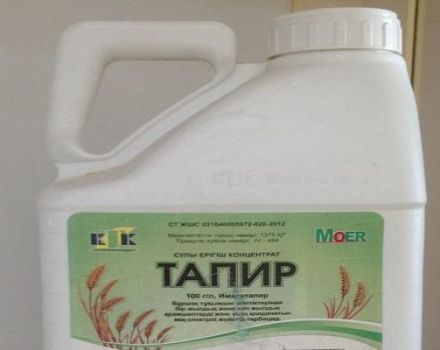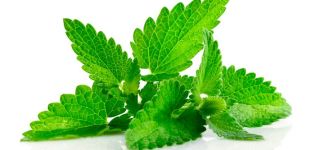Varieties of Easy Wave petunias with a description, planting and care
Cultivation of flowers has been practiced by summer residents for a long time. Decorating the site and decorating the garden involves planting various plants. Petunias Easy Wave will decorate any flower bed. Their cultivation is not difficult, it does not take much effort from the gardener.
Botanical description and history of the emergence of petunias Wave
In order to grow flowers on the site, you need to learn more about them. America is considered the homeland, since it was brought out there. The plants immediately attracted summer residents and those who are engaged in landscape design. If you translate the name, you get a "light wave". Florists agree with this designation, since during flowering the plants really look like a wave.
The flower has many shades, they bloom evenly and densely. Spaces require very little, since they are compact in structure.
Varieties of varieties and their features
Petunia is divided into 2 parts:
- Shock;
- Easy.
Each part contains more subspecies. The florist only needs to choose the shade he needs.
Shock Wave: variety of varieties
The subcategory includes the types of petunias that the summer resident chooses for his plot according to the description.
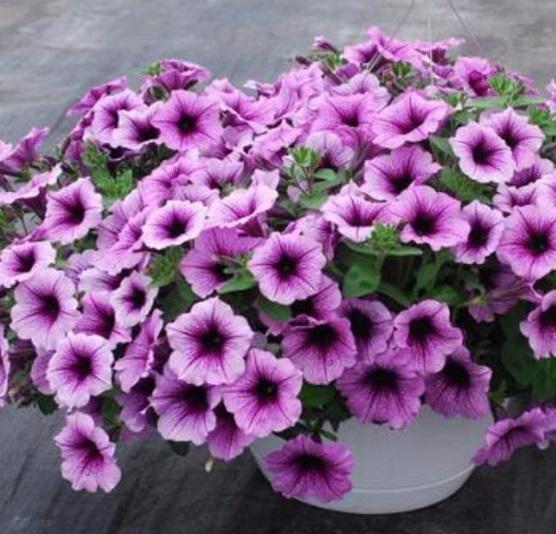
Shock Wave Deep Purple
Ground cover type of flowers. They are used universally, including for vertical gardening. The flowering time is long. The flowers are burgundy, the diameter is 5-6 cm.
Shock Wave Pink Wayne
Has small flowers. Seedlings are small, but they bloom earlier than other representatives. Cropping required. They are grown in hanging containers and on balconies.
Shock Wave Denim
The long flowering period allows petunia to be grown for any use. Lavender flowers will add a special atmosphere to any room.
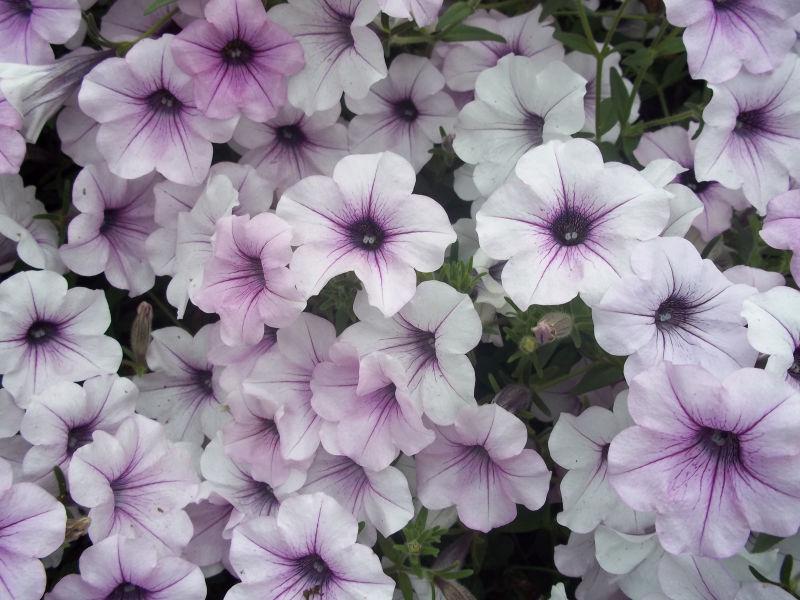
Shock Wave Coconut
Flower diameter 4 cm, milky shade with creamy yellow veins. Used to create compositions in hanging containers.
Easy Wave: subspecies features
Each species has its own characteristics, in order to understand how petunias differ from others, it is necessary to compare their characteristics.
Easy Wave Red Velor
The flowers are of an unusual color, the center is black, and the rest of the area is maroon. It blooms well in short daylight conditions. Flowers are located tightly to each other. Therefore, the bush looks very impressive during flowering. Scourges reach 1 m.
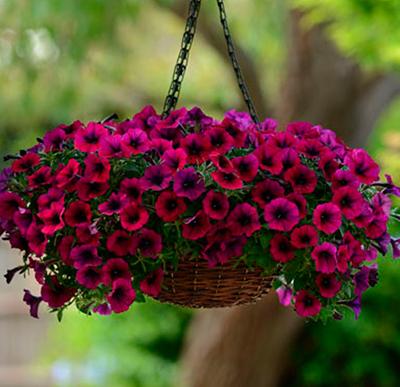
Easy Wave Yellow
Shoots extend to a length of 0.8 m.The height is small, 15 cm.The flowers are 4-6 cm in diameter.The main color is yellow, the border is white.
Easy Wave Violet
The shade of flowers is purple. Plants easily tolerate extreme heat and cold snaps. They are undemanding in leaving. No need to pinch or trim the shoots.
Easy Wave Burgundy Star
The height of the plants is 2.5 m, the size of the lash reaches 1 m. The flowers are located very close to each other. When flowering, no foliage is visible.
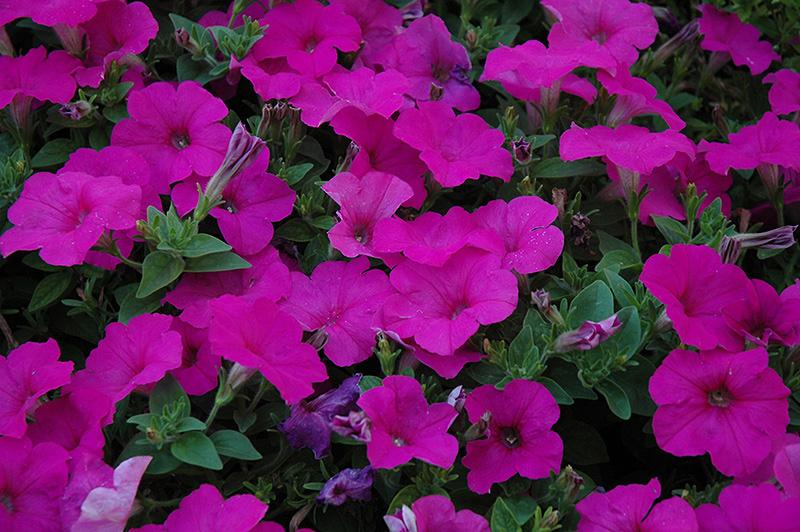
Easy Wave Berry Velor
The shade of flowers is unusual, deep pink. Diameter 5-7 cm. Plants are resistant to unfavorable growing conditions. The length of the lash is 1 m.
Easy Wave Burgundy Velor
The maroon color won over many gardeners. Petunia's whips are long, not brittle, up to 1 m.The diameter of the flower is 7 cm.
Landing features
Despite the fact that the plants are unpretentious, it is required to follow the planting recommendations exactly. Then the cultures will be rewarded with abundant flowering. Grown in seedlings.
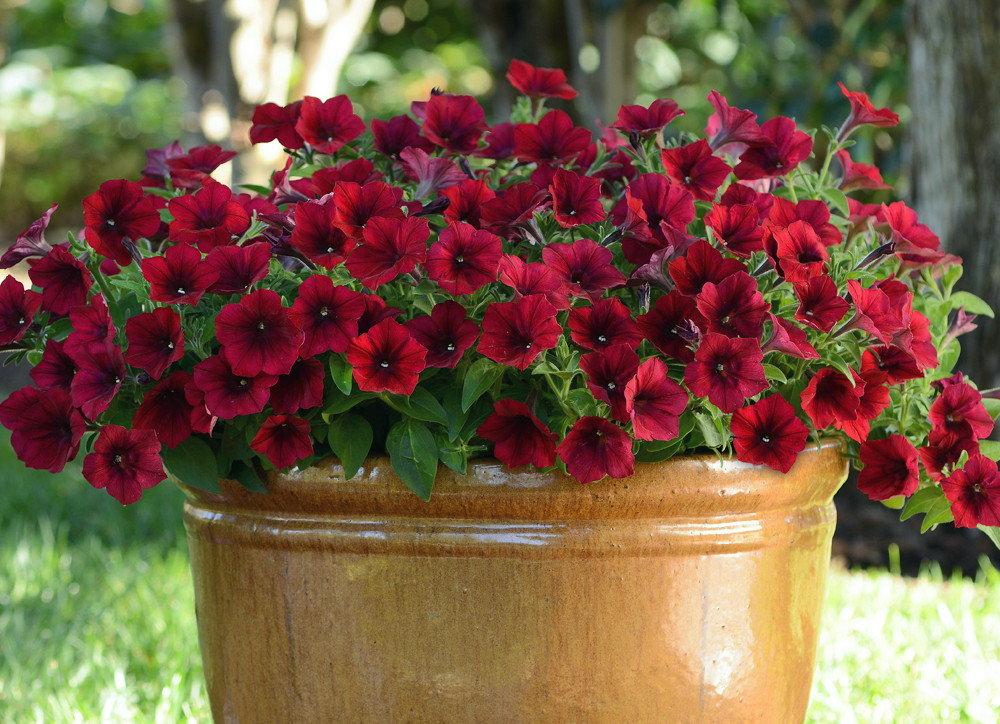
The seeds should not be covered with soil, they germinate under the influence of direct sunlight.
Soil requirements
It is advisable to use fertile soil. In equal parts, mix humus and sod layer of the earth. Since the plants are mostly compact, planting in a 7 liter container is required.
Lighting and location
Light-loving petunias cannot stand dark places. The site for planting is chosen in the sun. In such a way that the shadow of the buildings does not fall on the flower bed.
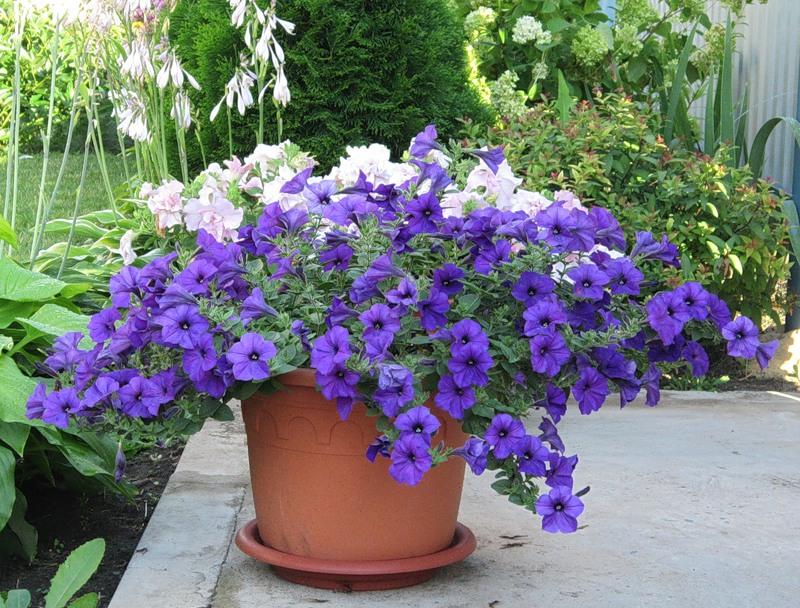
Care for Wave Petunia
After planting, proper care must be taken. It consists in:
- watering;
- dressing;
- treatment for diseases.
Watering
Plants need moisture as the topsoil dries out. Watering preferably early in the morning or in the evening. It is not necessary to fill the plants.
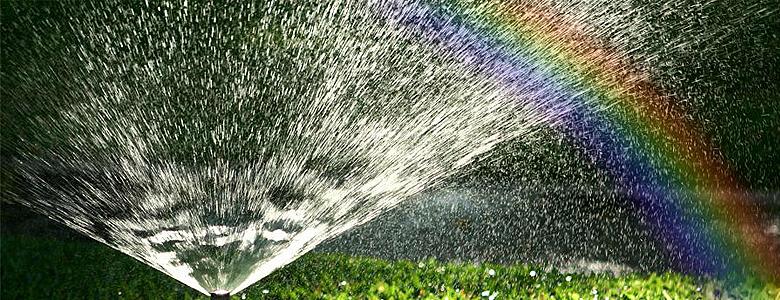
Top dressing
They use complex mineral fertilizers or organic matter. They are fed 2-3 times a month. Then the plants bloom more abundantly.
Reproduction methods
Sometimes you want not only to preserve the species, but also to increase the number of plants on the site. To do this, the grower needs to collect seeds or plant flowers with cuttings.
Seeds
Planting material is harvested as it ripens. Then they are planted in the ground and propagated by seedlings.

Cuttings
Summer residents use this method less often. Cut the cuttings with a sharp knife, the bottom cut should be at an angle of 45⁰. It should be stuck into the ground and wait until the first leaves appear. Then the plants are planted in pots and brought into the house. In the spring they are planted in the ground, they continue to delight with flowering.
Common diseases and pests
Plants often suffer from the following diseases:
- gray rot;
- white rot;
- blackleg;
- chlorosis.
Prevention and compliance with the requirements of agricultural technology will help to cope. This mainly applies to moderate watering. The use of chemicals in early spring will protect plants from attacks and diseases.
Growing petunias is a simple and cost-effective process. The fulfillment of the requirements will lead to a positive result.
